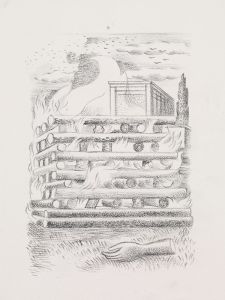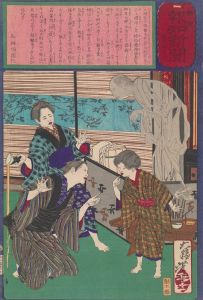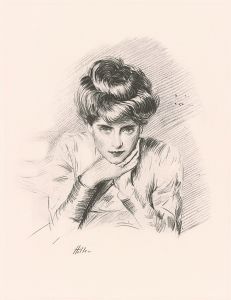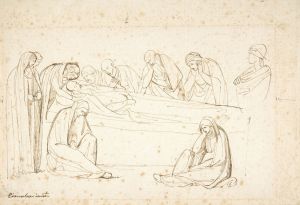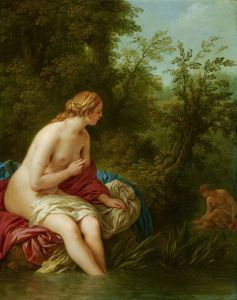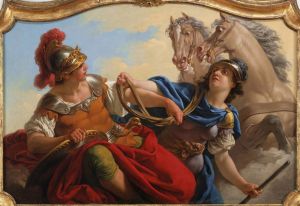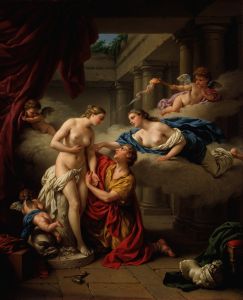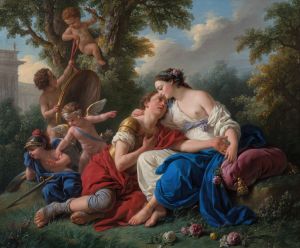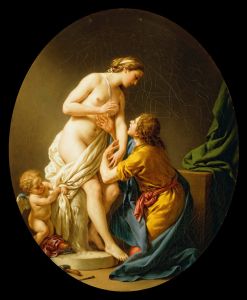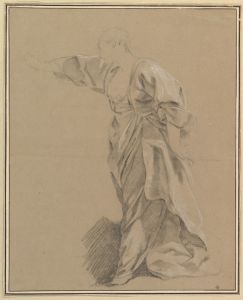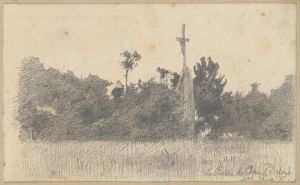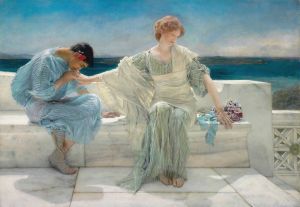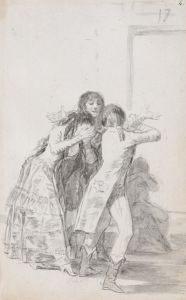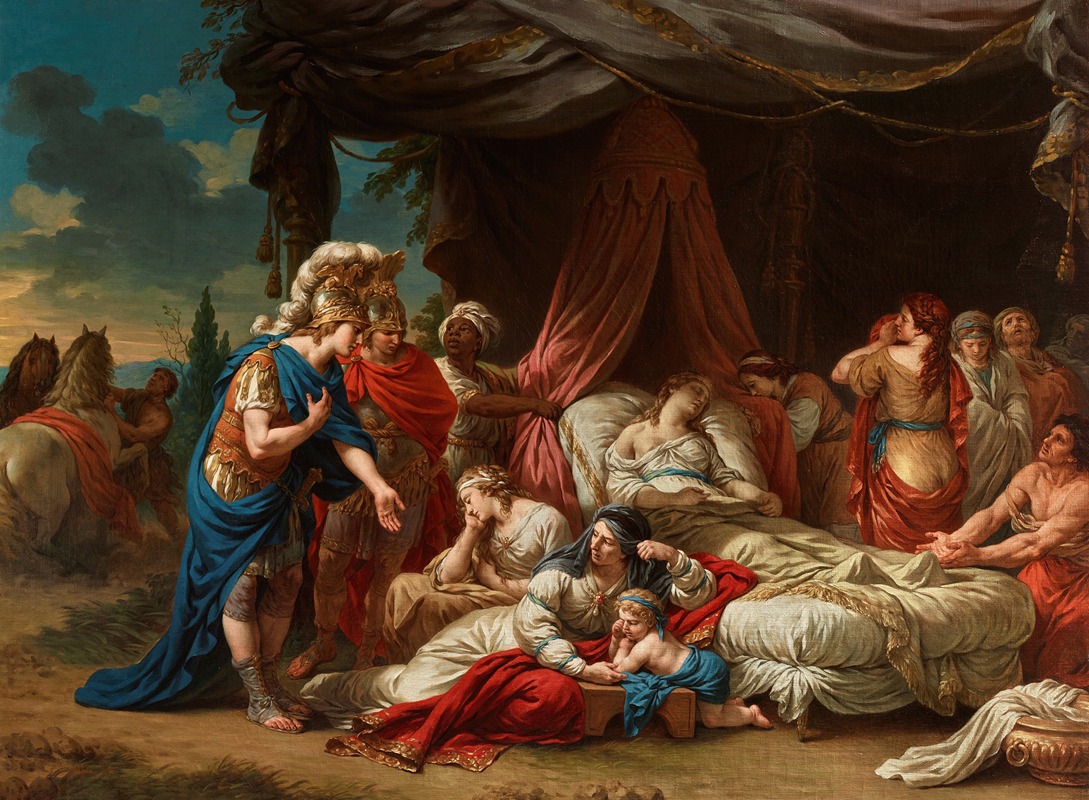
Death of Darius’ wife
A hand-painted replica of Louis-Jean-François Lagrenée’s masterpiece Death of Darius’ wife, meticulously crafted by professional artists to capture the true essence of the original. Each piece is created with museum-quality canvas and rare mineral pigments, carefully painted by experienced artists with delicate brushstrokes and rich, layered colors to perfectly recreate the texture of the original artwork. Unlike machine-printed reproductions, this hand-painted version brings the painting to life, infused with the artist’s emotions and skill in every stroke. Whether for personal collection or home decoration, it instantly elevates the artistic atmosphere of any space.
Louis-Jean-François Lagrenée was an 18th-century French painter known for his works in the Rococo and Neoclassical styles. One of his notable paintings is "Death of Darius’ Wife," which reflects his skill in historical and mythological subjects. Lagrenée was a prominent figure in the French art scene, having been a member of the Royal Academy of Painting and Sculpture and serving as a director of the French Academy in Rome.
"Death of Darius’ Wife" depicts a poignant moment from ancient history, focusing on the family of Darius III, the last king of the Achaemenid Empire of Persia. The painting illustrates the tragic fate of Darius’ wife, Stateira I, following the Battle of Issus in 333 BC, where Alexander the Great defeated Darius. After the battle, Darius’ family, including his wife, mother, and daughters, were captured by Alexander. Despite their captivity, Alexander is historically noted for his respectful treatment of Darius’ family, which was a significant gesture of magnanimity and political acumen.
Lagrenée's painting captures the emotional depth and drama of this historical episode. The composition likely emphasizes the themes of loss, dignity, and the human aspect of war. Through his use of color, light, and composition, Lagrenée would have aimed to evoke empathy and reflection in the viewer, characteristics typical of his approach to storytelling through art.
The painting is an example of how 18th-century artists engaged with classical themes, drawing inspiration from ancient history and literature to comment on contemporary issues of power, morality, and human experience. Lagrenée's work often featured such historical narratives, rendered with a focus on clarity, elegance, and emotional resonance.
While specific details about the painting "Death of Darius’ Wife" such as its current location or dimensions might not be widely documented, Lagrenée's broader body of work is well-regarded for its contribution to the transition from Rococo's ornate style to the more restrained and morally focused Neoclassicism. His paintings are characterized by their graceful figures, harmonious compositions, and the ability to convey complex emotions through subtle gestures and expressions.
Lagrenée's influence extended beyond his paintings; he was an educator and mentor to younger artists, contributing to the development of French art in the late 18th century. His works are part of collections in various museums, reflecting his enduring legacy in the art world.
In summary, "Death of Darius’ Wife" by Louis-Jean-François Lagrenée is a testament to the artist's ability to blend historical narrative with artistic expression, capturing the emotional and moral complexities of his subjects. Through this painting, Lagrenée not only depicted a significant historical event but also engaged with the broader artistic and cultural currents of his time.





